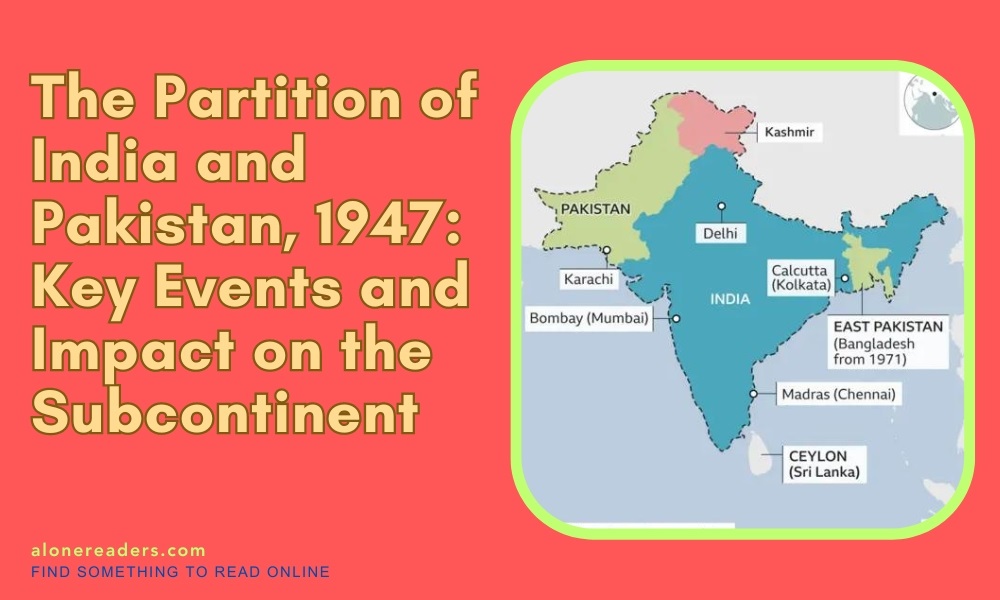
The Partition of India in 1947 stands as one of the most significant and traumatic events in the history of South Asia. This monumental episode not only reshaped the geopolitical landscape of the region but also left a deep and lasting impact on millions of lives. The division created two independent dominions, India and Pakistan, which has since evolved into three countries with the later creation of Bangladesh in 1971.
The roots of the Partition can be traced back to the colonial rule of the British Empire in India. The British control, established during the 19th century, had sown seeds of division through various policies that categorized people based on religion, caste, and ethnicity. Over the decades, these divisions deepened, with major religious communities—Hindus, Muslims, and Sikhs—carving out their socio-political identities.
The demand for a separate Muslim state was first articulated by the All India Muslim League under the leadership of Muhammad Ali Jinnah. Jinnah argued that Muslims in India would be politically marginalized in a predominantly Hindu India. This perspective gained significant traction in the 1940s as communal tensions escalated. The contrasting visions for India’s future between the Indian National Congress and the Muslim League led to a deadlock, with neither side willing to compromise on the structure of post-independence governance.
By the end of World War II, Britain's weakening imperial grip made the continuation of its Indian empire unsustainable. The British government, eager to exit the subcontinent swiftly and with minimal disruption, set a hasty timeline for independence. Lord Louis Mountbatten, the last Viceroy of India, proposed a plan to partition British India into two separate states. Despite widespread opposition to the idea of division, particularly from leaders like Mahatma Gandhi, the plan moved forward due to political pressures and the alarming rise in communal violence.
The boundary lines, infamously drawn by Cyril Radcliffe who had little knowledge of Indian conditions and no prior experience in cartography, were based on religious majorities. This haphazard division resulted in the province of Punjab being split between India and Pakistan, and Bengal being divided into East Pakistan (now Bangladesh) and West Bengal in India. The announcement of these lines led to unprecedented violence, with estimates of up to two million people killed in communal riots and as many as 15 million displaced.
The mass migrations that followed the announcement were marred by horrific violence, as Hindus and Sikhs moved towards India, and Muslims moved towards the newly formed Pakistan. Trains full of refugees were attacked, and many never reached their destinations. The partition also led to significant administrative challenges, with the division of assets, military establishments, and civil services.
The consequences of Partition were also profound in princely states like Kashmir, which faced contentious decisions about accession to either India or Pakistan. This issue led to the first India-Pakistan war in 1947-48 and laid the groundwork for a long-standing and bitter dispute over the region.
Socially and culturally, the Partition of India left deep scars, with families divided, properties abandoned, and a legacy of mutual suspicion between the two nations. The partition has had a lasting impact on the national psyches of both India and Pakistan, shaping their foreign and domestic policies in profound ways.
Today, the Partition of 1947 is remembered as a poignant moment in South Asian history, a time of great hope mixed with deep sorrow. It is a testament to the complexities of colonial legacy and the tragic consequences of political decisions made in haste. As India and Pakistan continue to navigate their shared history and divergent paths, the lessons of the Partition remain relevant, reminding the world of the human costs of political division and the enduring need for reconciliation and peace in the region.